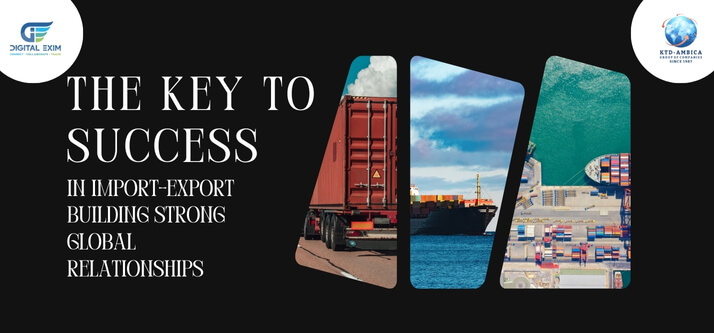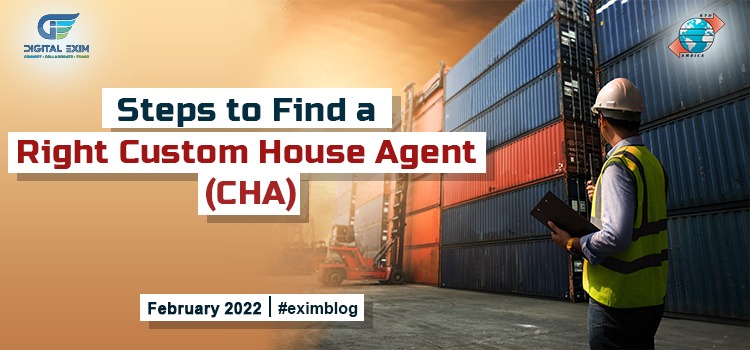Overview
Success in the import-export industry depends on people more than numbers in the linked world of today. The connections you cultivate with customers, suppliers, and partners can make or break your company as global marketplaces change. At Digital Exim, we have direct experience with how the correct relationships open doors to long-term success.
Why Import-Export Relationships Are Important
Trust is Currency: Trust is crucial in global trade. Long-term collaborations, timely payments, and seamless transactions are all guaranteed by strong ties.
industry Insights: Trustworthy local partners offer priceless knowledge of industry trends, legal needs, and cultural preferences.
Crisis Management: Having trustworthy partners makes it easier to handle problems like shipment delays, exchange rate swings, or legislative changes when they occur.

How to Build Strong Relationships
Cultural Awareness: It’s important to respect cultural quirks. Adjust your business procedures and communication style to meet local standards.
Consistent Communication: Establishing credibility is greatly aided by frequent updates and open transactions. To stay in touch, make use of resources like meetings, calls, and emails.
Value Exchange: When both people gain from a relationship, it flourishes. Offer more than just business; exchange information, make recommendations, or work together to develop expansion plans.
Case Study: Vietnamese Perspectives
We discovered how important local contacts are during our most recent business trip to Vietnam. Vietnamese partners placed a strong emphasis on in-person encounters, demonstrating to us that going to networking events and trade shows can produce more results than digital outreach alone.
In conclusion
Relationships are your most valuable resource in the hectic world of international trade. You can safeguard your current agreements and pave the way for future opportunities by investing in real connections.
Want to reach a wider audience worldwide? Allow Digital Exim to provide you with professional consulting services catered to your company’s objectives.
Email Address: info@digitalexim.com, Phone No. : +91 98987 24798





















